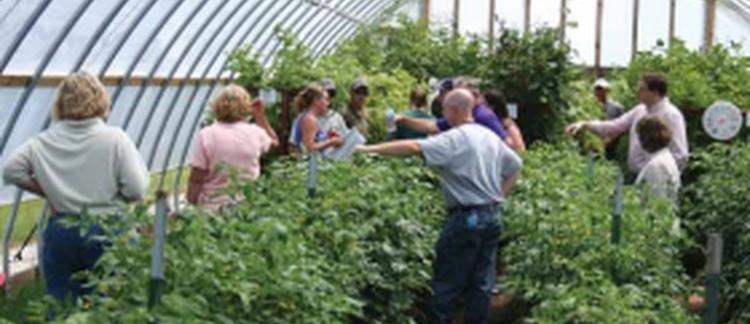Abstract
Cucumber beetles (Acalymma vittatum and Diabrotica undecimpunctata) and squash bug (Anasa tristis) are important squash and other cucurbits pests. They spread the pathogenic bacteria Erwinia tracheiphila (causal agent of bacterial wilt) and Serratia marcescens (causal agent of cucurbit yellow vine disease), respectively. The lack of effective insecticides challenges pest control in organic systems, so the use of physical barriers is promising. Mesotunnels (3.5-ft-tall tunnels with a nylon mesh row cover) are more breathable than low tunnels, so these can be used for most or all of the growing season. Some ISU studies also have shown that using mesotunnels can increase yield. However, weed management in the soil strips between plastic-mulched crop rows is an issue that needs to be solved. One option is using living mulches such as teff (Eragrostis tef). The research objective is to optimize weed control inside mesotunnels, using teff as the living mulch.
How to Cite:
Gleason, M. L. & Badilla Arias, S., (2021) “Optimizing Organic Weed Control in Acorn Squash Under Mesotunnel Systems”, Iowa State University Research and Demonstration Farms Progress Reports 4.
Downloads:
Download PDF
View PDF

